 [While preparing the recent posting of my 1971 New York Times“Manifesto for Photography Education,” I came across the text of my 2011 keynote address to the 43rd Annual Conference of the International Visual Literacy Association (IVLA), hosted by The Richard Stockton College of New Jersey and held at Seaview, in Galloway, New Jersey, delivered on October 1, 2011.
[While preparing the recent posting of my 1971 New York Times“Manifesto for Photography Education,” I came across the text of my 2011 keynote address to the 43rd Annual Conference of the International Visual Literacy Association (IVLA), hosted by The Richard Stockton College of New Jersey and held at Seaview, in Galloway, New Jersey, delivered on October 1, 2011.
Because it expands on and reconsiders that 1971 position paper, I thought it should appear here as a follow-up. It incorporates passages from the earlier text, but goes well beyond it, as you’ll see.
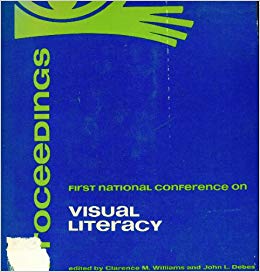 The term “visual literacy” entered the lexicon in 1969, when John Debes (pronounced debs) published his book with that title. Debes, coordinator of visual learning at Eastman Kodak in Rochester, NY, also co-founded the IVLA that same year (with Clarence Williams of the University of Rochester). So there’s a certain symmetry in my addressing that organization 40 years after broaching this subject in relation to photo education.
The term “visual literacy” entered the lexicon in 1969, when John Debes (pronounced debs) published his book with that title. Debes, coordinator of visual learning at Eastman Kodak in Rochester, NY, also co-founded the IVLA that same year (with Clarence Williams of the University of Rochester). So there’s a certain symmetry in my addressing that organization 40 years after broaching this subject in relation to photo education.
Part 2 appears below. Click here for Part 1, and here for Part 3. — A.D.C.]
•
K-12 Photo Education and Visual Literacy: Some Backstory (2)
… Why would a field clearly intent on academicizing itself (as the 2007 Harvard “Visible Rights” conference patently demonstrates) ignore the very tradition that would validate it as an educational discipline by proving its longevity and diversity? That’s a mystery to me. It’s manifestly the case that not one of the present-day K-12 photo-ed programs — Literacy Through Photography in Durham, NC and elsewhere, Youth in Focus in Seattle, Kids with Cameras in Calcutta, the In-Sight Photography Project in southern Vermont — makes even passing reference to the origins of this movement in its printed and online literature. Check their websites, read interviews with their founders, and see for yourselves. Yet even the longest-lived of these, Wendy Ewald’s Literacy Through Photography, founded in 1989, postdates by at least 20 years its precursors.
On what basis do current programs claim uniqueness and originality when, however socially and educationally valuable their work may be, in virtually every case they’re reinventing the wheel? How can present-day teachers and program directors in this discipline credibly debate “best practices” without examining the experiments undertaken and the lessons learned in that regard by those who came before them? Why do these same teachers and administrators shy away from acknowledging their antecedents?
Does it embarrass them to admit that they’re building on foundations established before they began their own ventures? True, many of those who tilled the seedbed of this discipline did so while motivated by the sociopolitical energies of the 1960s, a decade discredited in the eyes of some. But ignoring them for that reason seems as foolish — and, from a pedagogical and historical standpoint, as irresponsible — as pretending that the open-classroom/alternative-school movement exemplified by the Children’s Storefront founded by poet Ned O’Gorman in Harlem in 1966 simply never happened.
If you want some concrete evidence that something did indeed happen before Wendy Ewald started handing cameras to kids in Appalachia, let me direct you to the New Eyes Project website, where we’ve posted, in its entirety, Photography in the Classroom: A Workbook by Alan Teller, Nancy Langsan, and Ralph Levinson, a modest 1975 publication documenting their project in Illinois classrooms. It’s there complete, as a PDF, available free for your online perusal and downloading. It contains a detailed project description, exercises used in their workshops, a portfolio of student work, an account of fundraising and sponsorship initiatives, and much more. And it gives the lie to the currently implied notion that K-12 photo education got invented in the late 1980s.
John Alley and I initiated the New Eyes Project specifically to make information like this widely available, because, from our perspective, something much worse than the fallibility of institutional memory had permeated the field, a form of willful and deceitful collective amnesia. It seemed advisable to develop this as a non-partisan space, sponsored by no one program, to encourage free discussion and critical thinking on the subject. We make this site available to anyone involved in any relevant program, past or present, who wants to put their venture on the record and make its documentation, lesson plans, and other materials accessible via the internet. Our ambitions for this site, which rely on the creation and/or retrieval of content by and from the K-12 photo-ed community, include the following:
- to create a network of organizations and individuals currently engaged in such efforts, and to facilitate synergistic interaction among them via internet projects, conferences, and other methods;
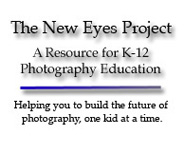 to identify notable past projects along these lines, and those responsible for them, in order to celebrate and honor and learn from past efforts, and also to construct a history of this movement and draw on the expertise of previous workers in this area;
to identify notable past projects along these lines, and those responsible for them, in order to celebrate and honor and learn from past efforts, and also to construct a history of this movement and draw on the expertise of previous workers in this area;- to consolidate the literature of this movement — accounts of such projects, essays on the relevant pedagogy, course outlines and assignments, and more — so as to produce handbooks, monographs, tutorial aids, bibliographies, and other materials necessary for research about this movement and the furtherance of current and future educational projects of this kind;
- to produce a written and illustrated history of this movement in photography education, in book form, and as a CD-ROM;
- to produce exhibitions and publications — in both printed and online/CD-ROM formats — that will help bring this movement to the attention of a wider public and also make the photographic work and achievements of its young participants available to a much wider audience;
- to encourage the establishment of a permanent archive dedicated to collecting and making accessible for study the materials generated by defunct projects of this kind, some of which has already been lost and much of which is at risk of disappearing if not systematically gathered and preserved.
We haven’t gotten nearly as far as we’d like with all that, running as we are on the volunteer energy and spare time of just the two of us, but we chip away at it. If those goals interest you, then perhaps you, along with your colleagues and students, can contribute your efforts to help actualize them.
•
 Some of you who know of the Society for Photographic Education may wonder whether this isn’t a set of tasks better suited to the SPE’s membership than to that of the IVLA. My long-term experience with the SPE, alas, is that, once a true professional organization, the SPE has devolved into a student-dominated entity, with its national conference little more than a “spring break” environment. Having long ago defined its intended sphere of influence as post-secondary fine-art photo programs, the SPE has never done more than pay lip service to K-12 photo education in any case, so it’s unlikely at best to energetically further any venture into the pertinent pedagogy and historianship. If anything’s going to happen along the lines I’ve sketched, it’ll have to come from other quarters.
Some of you who know of the Society for Photographic Education may wonder whether this isn’t a set of tasks better suited to the SPE’s membership than to that of the IVLA. My long-term experience with the SPE, alas, is that, once a true professional organization, the SPE has devolved into a student-dominated entity, with its national conference little more than a “spring break” environment. Having long ago defined its intended sphere of influence as post-secondary fine-art photo programs, the SPE has never done more than pay lip service to K-12 photo education in any case, so it’s unlikely at best to energetically further any venture into the pertinent pedagogy and historianship. If anything’s going to happen along the lines I’ve sketched, it’ll have to come from other quarters.
A few questions, then, none of them rhetorical or intentionally loaded, for which I have no answers, but which I think merit some extended discussion:
- Can K-12 photo education be usefully understood as a subset of visual-literacy education?
- If so, can we say that the K-12 photo-education movement has been integrated into the visual-literacy movement in any way, or do these function autonomously, separately, and devoid of any substantial interconnection?
- If they’re integrated, where do they join forces? If not, why not?
- Is there some reason — political, historical, pedagogical — why the overlap between the IVLA and the SPE is so minimal? Has the SPE made cooperative overtures to the IVLA that have been rebuffed, or vice versa?
•
Let me move to a second set of concerns and questions. In 2007 my colleague Colleen Thornton and I undertook the development of a proposal for a K-12 educational program that would have the sponsorship of a relatively new photo-specific nonprofit organization based here in the U.S. As the proposal’s still pending, and may never become a reality, I won’t name the organization in question; what I’m going to explore doesn’t depend on identifying it.
To prepare our report and proposal, Colleen and I did an extensive (though hardly exhaustive) review of the literature in three overlapping disciplines, and looked at the curricula of current educational ventures in each of the three. Those disciplines were, in no particular order, visual literacy, media literacy, and K-12 photo education. Without going into great detail, we found, predictably, areas of commonality among all three.
For example, to a greater or lesser degree we discovered that all three of these pedagogies, and specific programs flying under those rubrics, considered it important to enable students to produce their own work, whether those were still photographs, films and videos, individual or collaborative websites, student-generated narrowcast TV shows, or in-school print newspapers. This is defined as “empowerment.” In fact, the word “empowerment” gets used almost reflexively in discourse about this particular type of activity. I don’t challenge that, except to the extent that, conceptually, it delimits “empowerment” to situations in which the production of materials takes place. (I should add that the terms “participatory” and even “emancipatory” get used in the Visible Rights circle [see Part 1 of this series], though not the term “self-congratulatory.”)
But Colleen and I also came across an area of obvious disjunction among these three pedagogies. Forgive my gross generalizations here; I’m ready to stand corrected in relation to any specific program that constitutes an exception, but if the shoe fits, wear it.
- Media literacy emphasizes, reasonably enough, the mass media: film, television, the internet, advertising in all its forms, video games, pop music, print periodicals, radio. This movement aims specifically to strengthen the abilities of students to interact analytically with data and information (and dis- and misinformation) delivered through these mass media. It treats student production of media materials as a means of demystifying the seemingly seamless presentations they encounter in the mediated environment, a way of breaking these down into human decisions and their inherent biases made visible, so as to encourage critical thinking. But it places very little emphasis on still photography.
- Visual literacy pays more attention to still photography, as part of a range of visual materials with which students interact — paintings, drawings, comic books, print ads, etc. Overall, the goal is the same as with media literacy, the enhancement of students’ ability to attend to the specifics of visual images, analyze and evaluate them, and communicate with others about them. However, we detected a schism in the pedagogy, between those who believe that “best practices” required exposing student respondents to the backstory of images and those convinced that such backstory inhibits free and full response from the young. The former emphasize the importance of context and research in the making of meaning, whereas the latter take images as springboards for imaginative flights. In their own way, they represent the distinction Thomas Sowell proposes, in a much different context, between “constrained and unconstrained visions.” (I’d argue that the two approaches are not mutually exclusive, but that’s another discussion.)
 K-12 photo education, almost universally, and from its inception more than four decades ago, has assumed that its most important function is teaching children how to take photographs. (I should add that this priority will change, inevitably, and rapidly, given the availability and ease of use of digital cameras.) K-12 photo education assumes further that the images the young write and talk about should be primarily of their own making, as a result of which those images’ personalized backstories become inextricable from the imagery. And embedded in the K-12 photo-education pedagogy is the belief that making and writing expressively about their own photographs — or, sometimes, writing expressively about the images made by their classmates and/or family-album images of their relatives — is the desideratum of such a program.
K-12 photo education, almost universally, and from its inception more than four decades ago, has assumed that its most important function is teaching children how to take photographs. (I should add that this priority will change, inevitably, and rapidly, given the availability and ease of use of digital cameras.) K-12 photo education assumes further that the images the young write and talk about should be primarily of their own making, as a result of which those images’ personalized backstories become inextricable from the imagery. And embedded in the K-12 photo-education pedagogy is the belief that making and writing expressively about their own photographs — or, sometimes, writing expressively about the images made by their classmates and/or family-album images of their relatives — is the desideratum of such a program.- The priority of K-12 photo-education pedagogy, then, as expressed forthrightly in the name given to the Ewald/Duke University program, is “literacy through photography”: “empowerment” achieved by learning how to generate photographic images (child’s play nowadays; I’ve seen two-year-olds using digicams), with “literacy,” enhanced writing skills, as the hoped-for outcome.
- What gets scanted in this is what Colleen Thornton and I came to refer to as “photography literacy,” the ability to understand, analyze, and have a critical relationship to still photographs of any kind, perhaps most importantly those one did not make oneself — the grounding necessary to “read” those images, valued as the visual equivalent of reading comprehension in relation to written texts not of one’s own devising. …
•
Special offer: If you want me to either continue pursuing a particular subject or give you a break and (for one post) write on a topic — my choice — other than the current main story, make a donation of $50 via the PayPal widget below, indicating your preference in a note accompanying your donation. I’ll credit you as that new post’s sponsor, and link to a website of your choosing.
 Include a note with your snail-mail address (or email it to me separately) and I’ll include three (3!) copies of The Silent Strength of Liu Xia, the catalog of the 2012-13 touring exhibition of photos by the dissident Chinese photographer, artist, and poet, who, after eight years of extralegal house arrest in Beijing, finally got released and expatriated to Germany in 2018. The only publication of her photographic work, it includes all 26 images in the exhibition, plus another 14 from the same series, along with essays by Guy Sorman, Andrew Nathan, and Cui Weiping, professor at the Beijing Film Academy. Keep one for yourself, share the others with friends.
Include a note with your snail-mail address (or email it to me separately) and I’ll include three (3!) copies of The Silent Strength of Liu Xia, the catalog of the 2012-13 touring exhibition of photos by the dissident Chinese photographer, artist, and poet, who, after eight years of extralegal house arrest in Beijing, finally got released and expatriated to Germany in 2018. The only publication of her photographic work, it includes all 26 images in the exhibition, plus another 14 from the same series, along with essays by Guy Sorman, Andrew Nathan, and Cui Weiping, professor at the Beijing Film Academy. Keep one for yourself, share the others with friends.


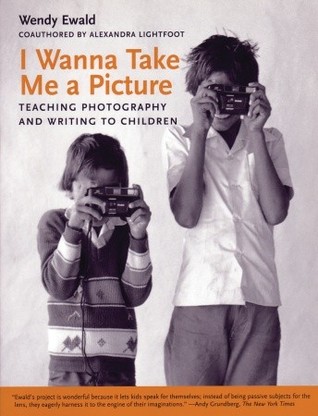
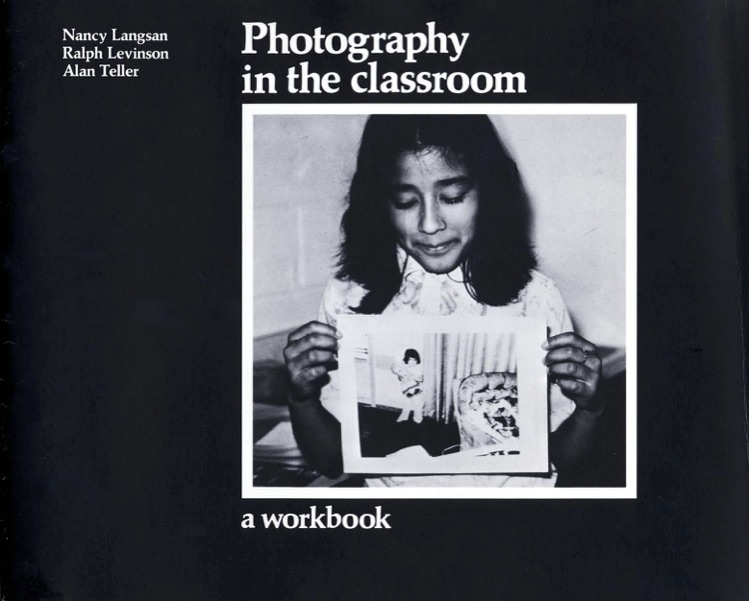
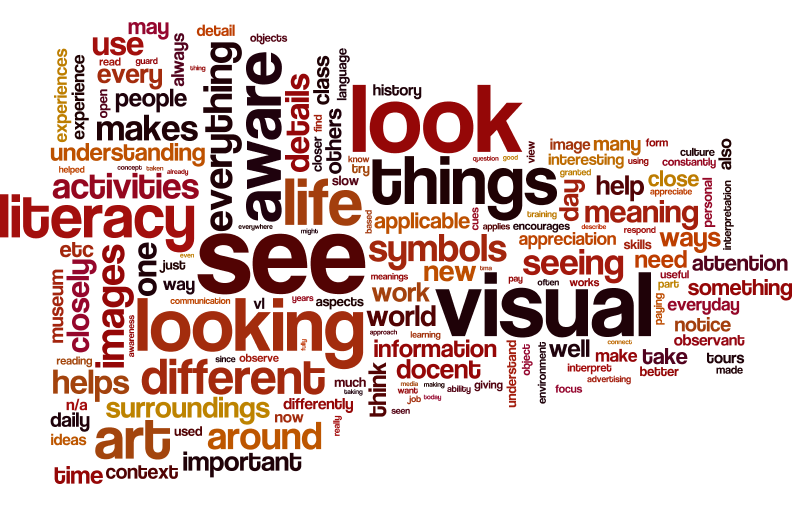
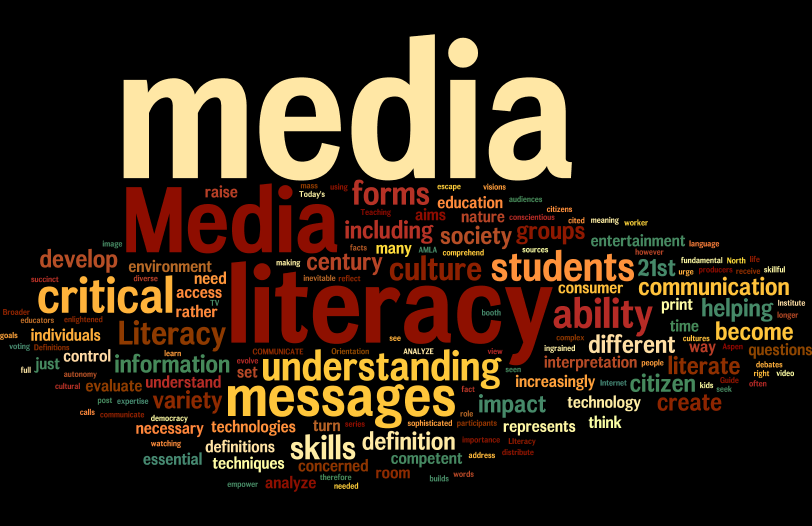




Excellent article so far A.D – Thanks for the great insight – Have a great fourth of July and give Staten Island my best regards where old friends – Yours truly Artist – Peter Herley